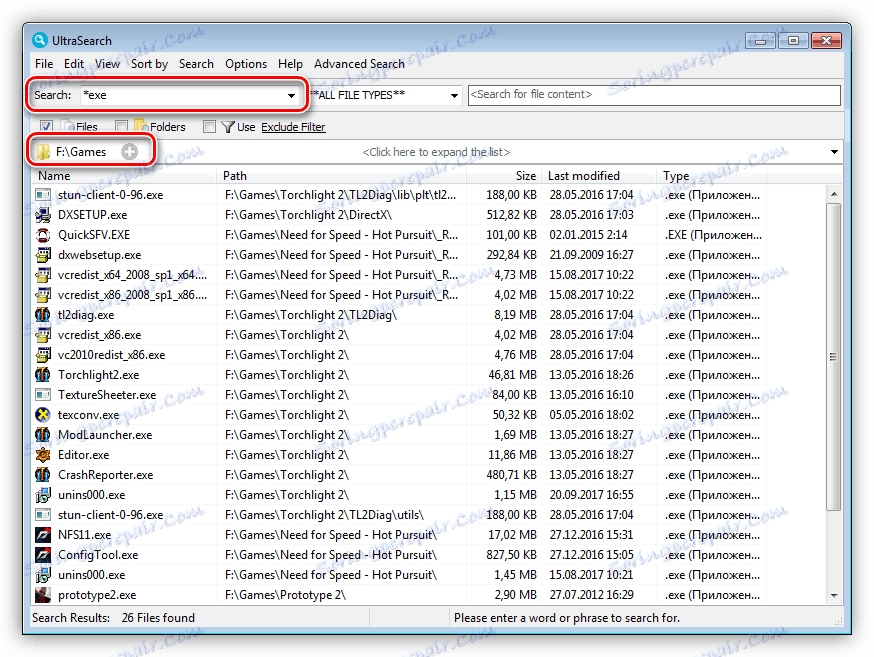


The options for FileSeek are right out in the open. Because you don’t have to press enter to show results, access time is just that much quicker. Once the initial file structure is mapped, searching is extraordinarily fast. Take a look at these cool tricks that use the command line.Īlthough Everything requires an index of the drives before searching the first time, it constantly updates as you add or remove new files and folders. You’re able to search for files with nothing but a number of characters and a wildcard.įor example, I can search for any file with the word hosts in it regardless of the character size by entering *hosts*:Ĭommand line triggers are also supported, so you can launch Everything with an initial path or search string already entered: The search expressions Everything offers is quite nice. Get access to these additional settings from the Tools > Options menu. In addition, the ability to host an HTTP server and add any folder to an exception list to omit from results gives it a one-up over SwiftSearch. EverythingĮverything appears very simple at first until you realize it’s fantastic ability for instant search – one where the results appear as you type – similar to Google’s instant search results.

I was able to instantly search for anything I wanted without hesitation. No loading was performed upon first launch. The speed at which SwiftSearch finds files is astonishing. In this instance we’re searching for an MP3 file with any file name:Ĭool Tip: Learn how to join MP3 files with this guide. Launch Using regular expressions from the Help menu to read about different search methods.įor example, find any MP3 file with the wildcard asterisk to include any file name, and then the extension. The drives are automatically detected upon launch, so networked folders/drivers cannot be included as additional paths. Select the first option for All drives to search every drive at once – a very handy feature if you’re unaware of the location of something even though you’re sure it’s there somewhere. Select any attached drive, be it USB or internally attached, to quickly scan through all it’s files to find the item you’re looking for. Let us take a look at the top features in these programs to help you make an informed decision. Maybe you’ll like all three and want to use each for different circumstances.


 0 kommentar(er)
0 kommentar(er)
